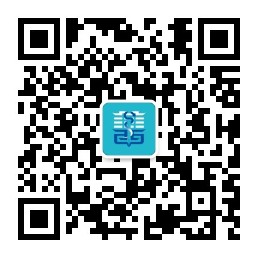We performed studies to determine the role of high-mobility group box 1 (HMGB1) in cigarette smoke (CS)-induced pulmonary inflammation. After mice were exposed to five cigarettes four times a day for 3 d, toll-like receptor 4 (TLR4) expression and TLR4-mediated signaling were significantly up-regulated, and HMGB1 had translocated from the nucleus to the cytoplasm in lung epithelial cells and then been released into the extracellular lung space. On CS exposure, inflammatory cell recruitment and proinflammatory cytokine production were significantly increased in lung tissue and bronchoalveolar lavage, and these effects depended on the TLR4 signaling pathway. HMGB1 inhibition decreased the CS-induced inflammatory response, whereas treatment with exogenous HMGB1 aggravated the damage and increased the phosphorylation of JNK, p38, and I kappa Ba in the lungs of wild-type mice but not in TLR4-knockout mice. Blockade of TLR4 action or TLR4 knockout significantly inhibited HMGB1-induced proinflammatory cytokine production in mouse tracheal epithelial (MTE) cells and lung tissues. In addition, a MyD88 deficiency inhibited JNK, p38, and I.Ba phosphorylation, and this effect was associated with the suppressed production of TNF-alpha and IL-1 beta in MTE cells and lung tissues in response to CS stimulation. Thus HMGB1 activates the NF-kappa B and JNK/p38 pathways through TLR4/MyD88-dependent signaling and induces an inflammatory response in lungs exposed to CS.
Citation: Cheng Yao, Wang Dan, Wang Bin, Li Huanan, Xiong Junjie, Xu Shuyun, Chen Quan, Tao Kun, Yang Xiaoyan, Zhu Yu, He Sirong. HMGB1 translocation and release mediate cigarette smoke-induced pulmonary inflammation in mice through a TLR4/MyD88-dependent signaling pathway. West China medical Virtual Journal, 2000, 1(1): 201-209-. doi: 10.1091/mbc.E16-02-0126 Copy
-
Previous Article
Redox Dysregulation in Schizophrenia Revealed by in vivo NAD plus /NADH Measurement KimSang-Young, Cohen Bruce M., Chen Xi, Lukas Scott E., Shinn Ann K., Yuksel A. Cagri, Li Tao, Du Fei, Ongur Dost -
Next Article
Increased survival of human free fat grafts with varying densities of human adipose-derived stem cells and platelet-rich plasma LiKun, Li Feng, Li Jie, Wang Hang, Zheng Xiaohui, Long Jie, Guo Weihua, Tian Weidong




